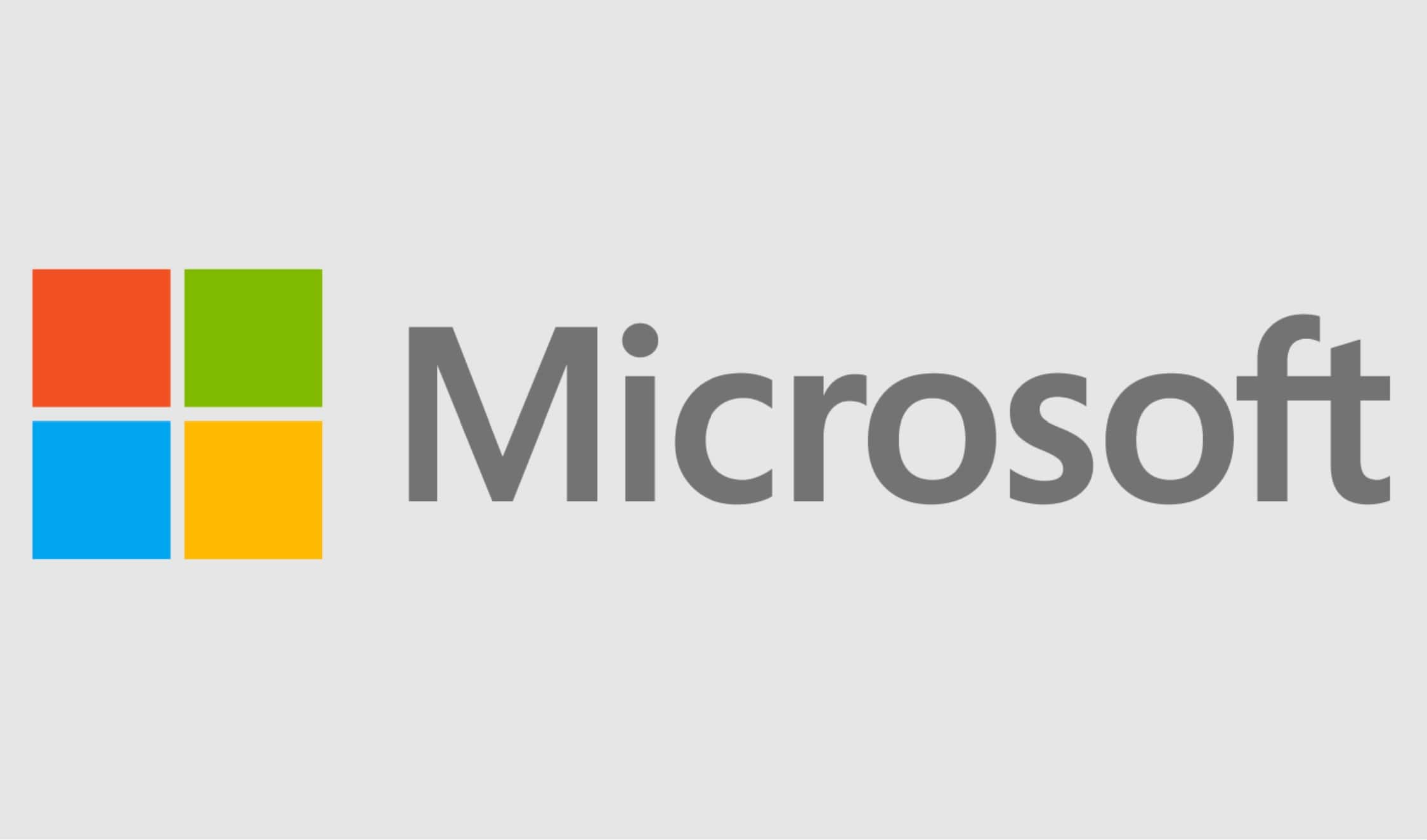Microsoft has a diverse and robust portfolio of products and services. These offerings are developed and managed by various engineering groups within the company. Each group focuses on a specific domain, ensuring that Microsoft continues to innovate and lead in every area it operates in. Microsoft recently revealed its internal engineering groups, you can read about them below.
Microsoft develops its products and services through the following engineering groups.
- Cloud and AI – focuses on making IT professionals, developers, partners, independent software vendors, and their systems more productive and efficient through development of Azure AI platform and cloud infrastructure, server, database, CRM, ERP, software development tools and services (including GitHub), AI cognitive services, and other business process applications and services for enterprises.
- Strategic Missions and Technologies – focuses on incubating technical products and support solutions with transformative potential for the future of cloud computing and continued company growth across quantum computing, Azure Space & Missions Engineering, telecommunications, and Microsoft Federal Sales and Delivery.
- Experiences and Devices – focuses on delivering high value end-user experiences across our products, services, and devices, including Microsoft 365, Windows, Microsoft Teams, Search (including Microsoft Edge and Bing Chat) and other advertising-based services, and the Surface line of devices.
- Microsoft Security – focuses on delivering a comprehensive portfolio of services that protect our customers’ digital infrastructure through cloud platform and application security, data protection and governance, identity and network access, and device management.
- Technology and Research – focuses on fundamental research, product and business incubations, and forward-looking AI innovations that span infrastructure, services, and applications.
- LinkedIn – focuses on our services that transform the way professionals grow their network and find jobs and the way businesses hire, market, sell, and learn.
- Gaming – focuses on developing hardware, content, and services across a large range of platforms to help grow our user base through game experiences and social interaction.
Apart from the above engineering groups, Microsoft has the following business groups to effectively run the businesses worldwide.
- Business Development Group: Christopher Young leads the Business Development group, responsible for driving growth across the company by setting corporate strategy and identifying and executing high impact strategic partnerships, corporate venture investments, and acquisitions.
- Corporate, External, and Legal Affairs: Brad Smith leads as president and chief legal officer. His teams are responsible for the company’s legal work, its intellectual property portfolio, patent licensing business, corporate philanthropy, government affairs, public policy, corporate governance, and social responsibility work. His teams also lead the company’s work on a number of critical issues including privacy, security, accessibility, environmental sustainability and digital inclusion, among others.
- Finance Group: Amy Hood leads the worldwide finance organization. This includes acquisitions, treasury, tax planning, global real estate, accounting and reporting, internal audit, business operations and investor relations.
- HR Group: Kathleen Hogan leads Human Resources, responsible for pushing the company’s cultural transformation forward so it can thrive in a mobile-first, cloud-first world.
- Marketing Group: Chris Capossela leads Microsoft’s worldwide marketing and consumer business. This includes advertising, brand, communications, research as well as Microsoft’s retail stores.
- Microsoft Customer and Partner Solutions: Judson Althoff leads the Microsoft Customer and Partner Solutions organization, which includes enterprise, public sector, small and mid-market, services, developer and partner, as well as global sales, marketing and services for 122 subsidiaries worldwide.
In light of past reports of competition among Microsoft’s engineering groups, it is hoped that the current structure fosters a more collaborative environment. The ultimate goal is to improve customer experiences through unified efforts. By working together, these groups can leverage their diverse expertise to drive innovation and deliver superior products and services.



3175x175(CURRENT).thumb.jpg.b05acc060982b36f5891ba728e6d953c.jpg)
Recommended Comments
Join the conversation
You can post now and register later. If you have an account, sign in now to post with your account.
Note: Your post will require moderator approval before it will be visible.